
Martin Luther King, Jr.
VISITING MONTGOMERY, ALABAMA. Visiting downtown Montgomery was an eye-opener for me! The blacks and the whites don’t sit around singing Kumbaya together. All is not well, despite all the progress made during the Civil Rights era of the 1950’s and 1960’s. I’ll tell you a little about the progress made during the Civil Rights era, but I’ll also show you what I saw today. I guess I’m naive. I thought things would be different.
CIVIL RIGHTS MOVEMENT. African Americans in Montgomery nurtured the modern civil rights movement. In the post-World War II era, returning African-American veterans were among those who became active in pushing to gain their civil rights in the South. They wanted to be allowed to vote and participate in politics, to freely use public places and to end segregation. They comprised most of the customers on the city buses, but were forced to give up seats and even stand in order to make room for whites. On December 1, 1955, Rosa Parks was arrested for refusing to give up her bus seat to a white man, sparking the Montgomery bus boycott. Martin Luther King, Jr., then the pastor of Dexter Avenue Baptist Church led the boycott. Since fully 3/4 of those who rode the bus were black, it didn’t take long for Dr.King’s point to be made. By June of 1956, the US District Court ruled that Montgomery’s bus racial segregation was unconstitutional. After the U.S. Supreme Court upheld the ruling in November, the city desegregated the bus system and the boycott ended.
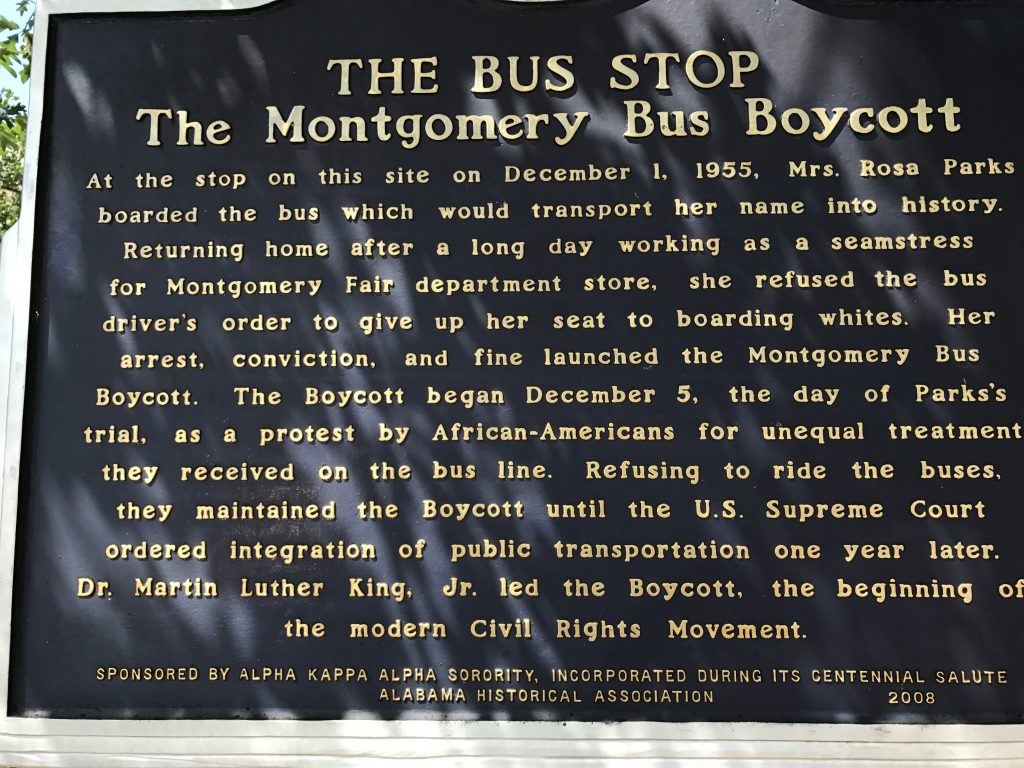
It all began right here when Rosa Parks refused to give up her seat on the bus.

Rosa Parks refused to give up her seat for a white bus rider and the bus boycott followed. It was successful and in November of 1956 bus segregation was ruled unconstitutional by the U.S. Supreme Court. Montgomery, Alabama is where all this happened.
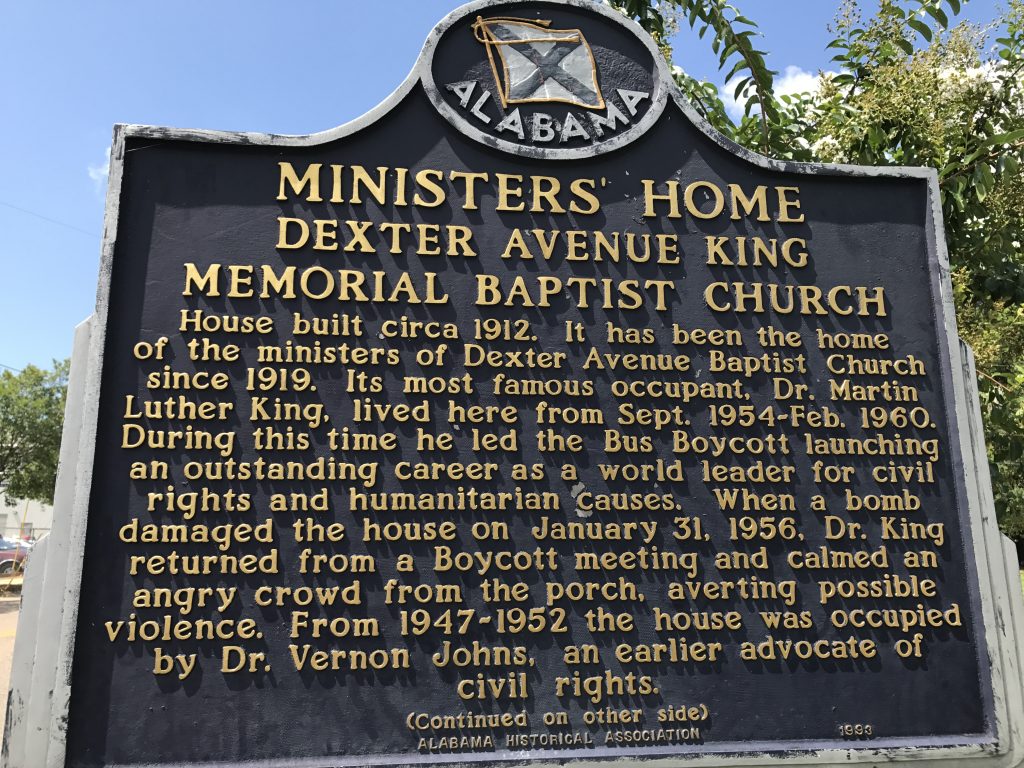
The Dexter Avenue Baptist Church is directly behind the house where Dr. Martin Luther King lived at the time of the bus boycott.

The house where Dr. King lived during the time of the bus boycott. Note how well the home and yard are kept. What a contrast to the homes you’ll see below, just a block distant.
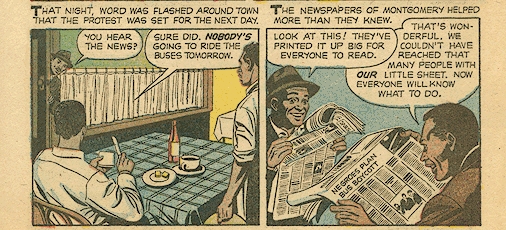
The boycott got better press than the protesters had hoped to get.
FREEDOM RIDERS. In separate action, integrated teams of Freedom Riders rode South on interstate buses. In violation of federal law and the constitution, bus companies had for decades acceded to state laws and required passengers to occupy segregated seating in Southern states. Opponents of the push for integration organized mob violence at stops along the Freedom Ride. In Montgomery, there was police collaboration when a white mob attacked Freedom Riders at the Greyhound Bus Station in May 1961. Outraged national reaction resulted in the enforcement of desegregation of interstate public transportation.
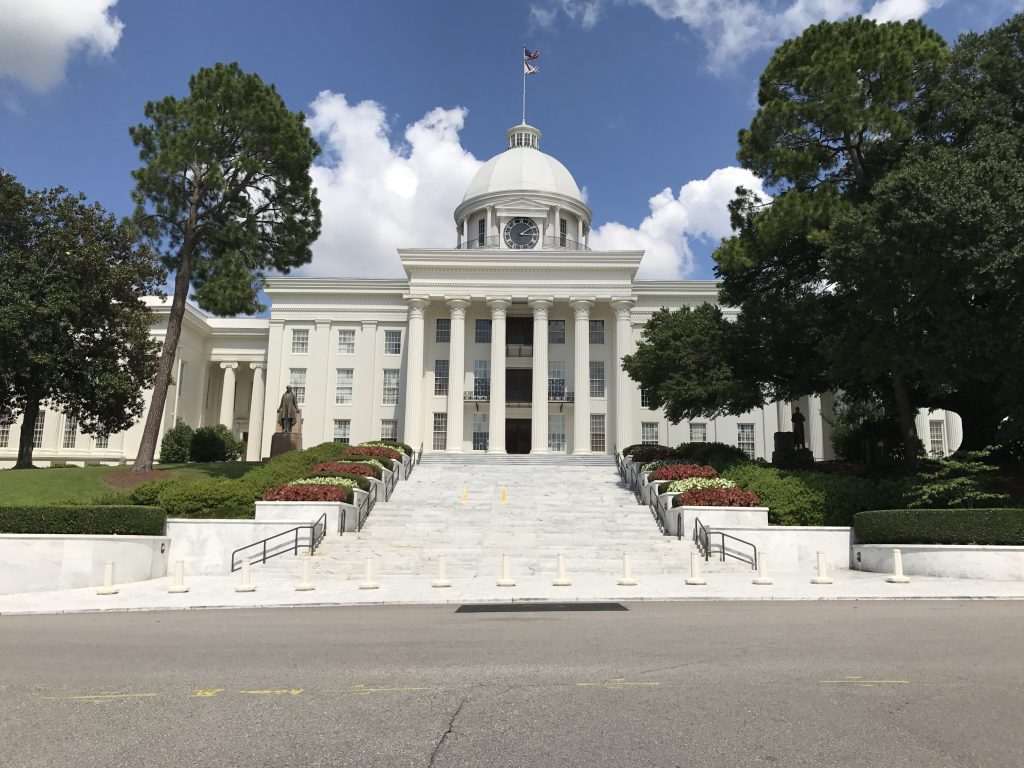
Alabama State Capitol Building in Montgomery. Again, notice how nicely maintained and freshly painted the building is. Compare it to the homes and businesses you’ll see below.
KING RETURNS TO MONTGOMERY. Martin Luther King, Jr. returned to Montgomery in 1965. Local civil rights leaders in Selma had been protesting Jim Crow laws and practices that raised barriers to blacks registering to vote. Following the shooting of a man after a civil rights rally, the leaders decided to march to Montgomery to petition Governor George Wallace to allow free voter registration. The violence they encountered from county and state highway police outraged the country. The federal government ordered National Guard and troops to protect the marchers. Thousands more joined the marchers on the way to Montgomery, and an estimated 25,000 marchers entered the capital to press for voting rights. These actions contributed to Congressional passage of the Voting Rights Act of 1965, to authorize federal supervision and enforcement of the rights of African Americans and other minorities to vote.
BUT HERE’S WHAT I SAW, JUST AROUND THE CORNER FROM THE “TOURIST AREAS.” Race relations and poverty in the South are worse than I’d realized. It was an eye-opener for me when we drove around the corner from these tourist spots in Montgomery. What we found was that most of the folks in the neighborhood don’t live on those well maintained streets. They live in squalor. Rundown houses and businesses are the norm and the African-Americans we saw were clearly angry about where they live and what they endure. There were no return waves to a couple of Anglo tourists slowly cruising the streets in an almost new car. It dawned on me that race relations are still a huge problem in this country. On a sweltering hot day, it’s no wonder these poor folks without anything to do go berserk in the streets. They’re hungry and they’re angry and their problems haven’t been successfully addressed. I don’t know the solution. I don’t think it’s ever-expanding social welfare programs that keep these people dependent. Nor do I think affirmative action really works. But what will work? The only way up and out for the folks, it seems to me, is to somehow ensure good educational opportunities for them. Easier said than done. But without it, they’re not going anywhere. It’s easy to say we live in a land of equal opportunity, but when I saw the young black kids hanging out in these neighborhoods I knew in my heart that they didn’t have many “equal opportunities,” to say the least. Improved relations between police officers and the folks would also go a long way to improving these neighborhoods. My colleague Mark O’Mara, who defended the man who shot Trayvon Martin a few years ago has a good perspective on this. Read it when you have a few minutes to spare. It’s item 7 on my Reflections page.
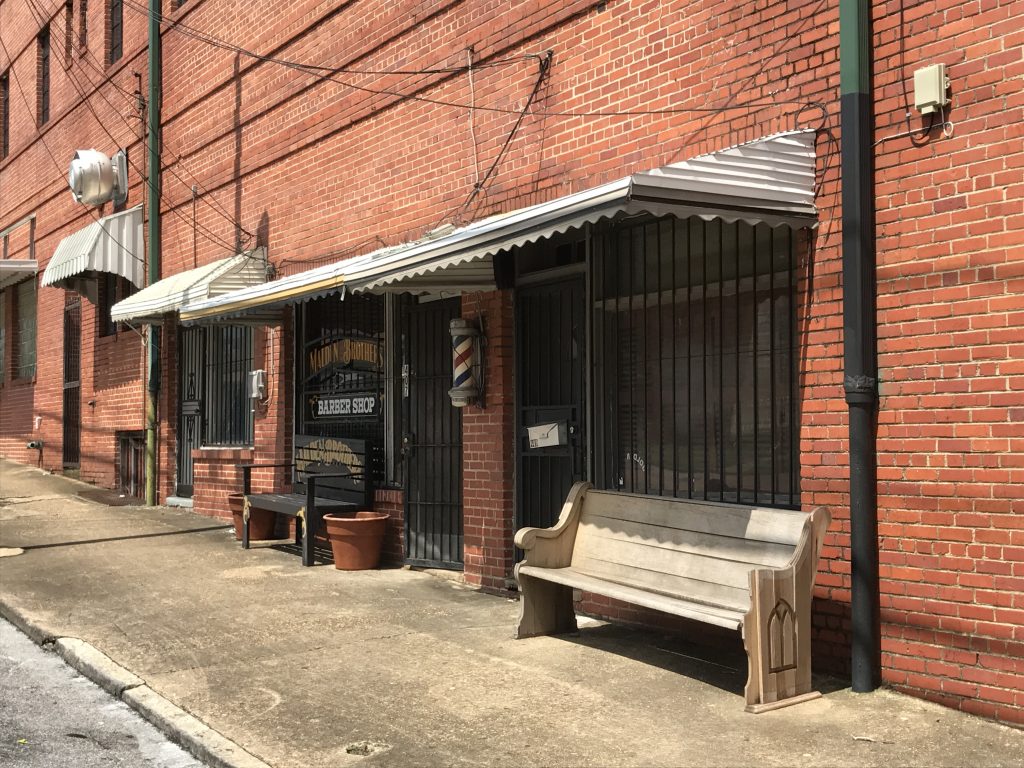
This barber shop was open for business, but everything else on the block had boarded windows and was closed. And notice the bars on the windows here.
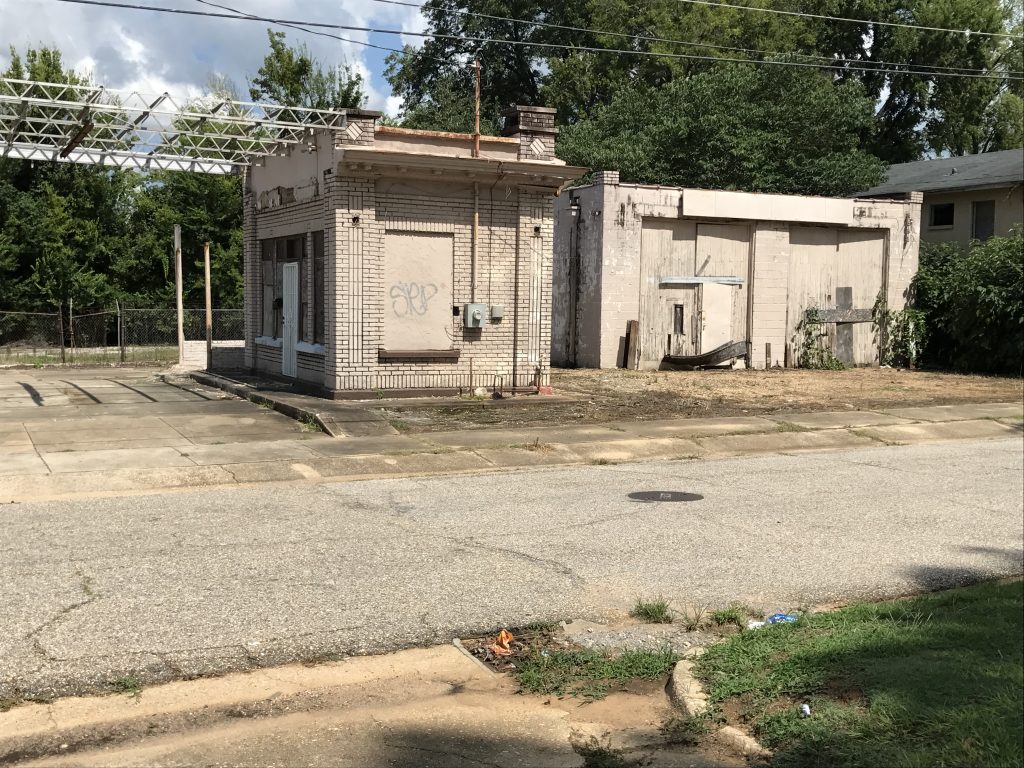
This building is just down the street from the barber shop. Groups of African-American kids were hanging out, with nothing to do on a sweltering hot day. I didn’t risk taking pictures of them. But I wondered to myself what would and could they ever make of themselves? It doesn’t seem as if they even have a fighting chance.
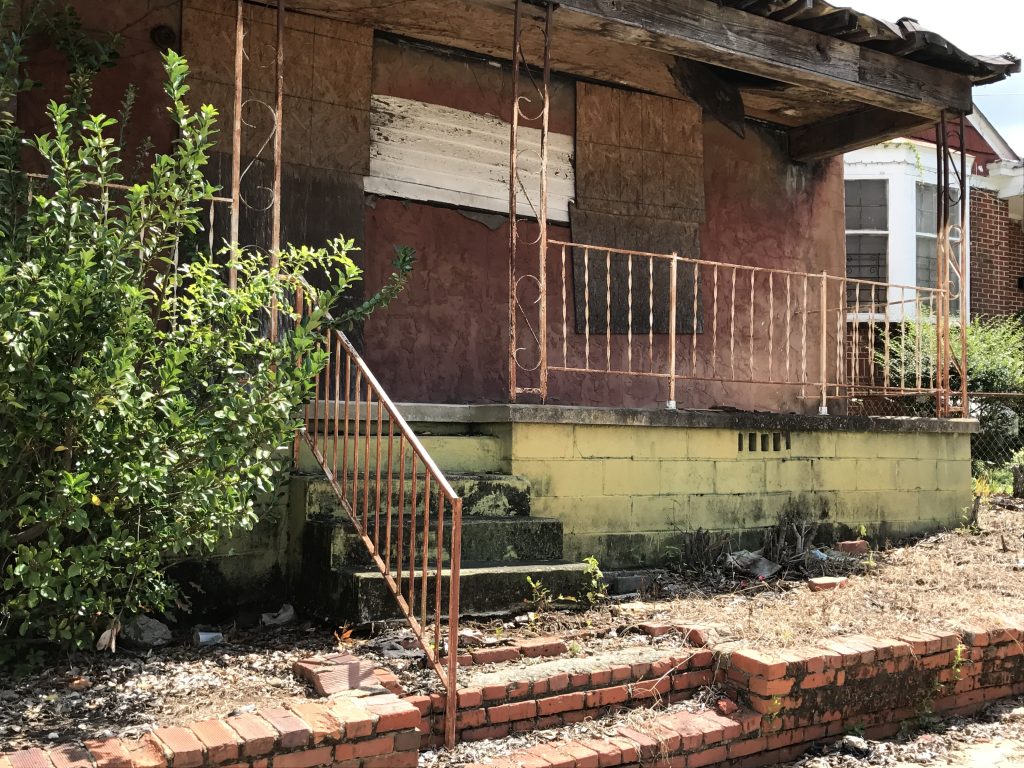
Believe it or not, this home was occupied. There was a guy sitting on the porch around the corner in a rocking chair. It must have been 105 degrees outside, but probably even hotter inside. I’m sure there was no air conditioning, perhaps no electricity at all.

There were some little kids playing in this yard. They ran when they saw me.
WE’RE DONE WITH ALABAMA. I told you a week or so ago that I’d take you to Montgomery and Selma, Alabama. But we’re not going to Selma after all. I’ve seen enough. Our tour of these neighborhoods in Montgomery says it all. There is no love lost between the blacks and the whites around here. We were glared at and felt very uncomfortable on several occasions. But I’m sure the glares were a normal response to how the black folks have been and are still treated. I was completely ignorant of how great is the divide which still so clearly exists. In San Diego and so far during our time in the South, everyone seemed to get along and I never felt ill at ease. That’s no surprise: my African-American friends in San Diego are lawyers, Judges, doctors and nurses. At our other stops along the way in the south we’ve not been really off the beaten path. But the blacks and the whites don’t get along so well in these underprivileged neighborhoods of the deep south, at all. Without more father figures, YMCA’s and other places for the kids to hang out opportunities for quality education, we’ll for sure continue to have a serious racial divide in this country, along with the serious problems which accompanies it.
COMING UP. We’ll spend the next few days driving to Chattanooga, a city in southeastern Tennessee, set along the Tennessee River in the foothills of the Appalachian Mountains. There is lots to see and do in the area. We’ll even explore an underground cave! That should be fun. So plan to join us, won’t you? We’ll see you there in a few days.

I’ll continue my story next time.


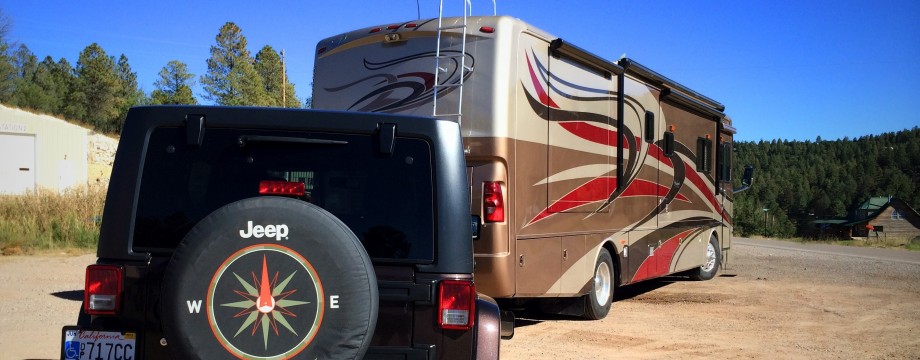



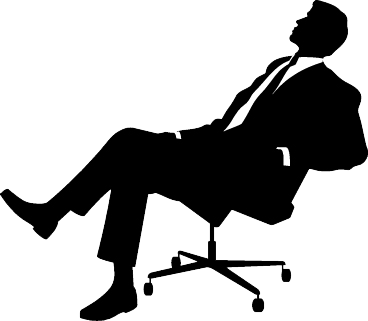




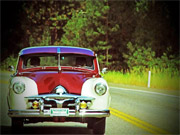


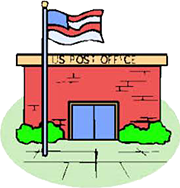
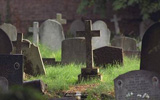




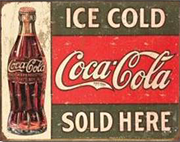


Hiya Greg,
I read your comments with much interest, and I think somewhat hidden in them was a very key point: having “something to do”. To me, that doesn’t mean a place to just go hang out, or play some kind of ball. It means doing something productive.
Medically, its been proven that the biggest relief from depression is applying oneself to something meaningful, no matter how small it is in the big picture. Looking at a park full of litter and graffiti is depressing, and not very difficult to fix. Cleaning up a neighborhood by helping paint a neighbors house is uplifting, even if you can only do it 2 hours a day from an active life….volunteering to improve something leads to pride, self worth, and even job skills….sitting Around adds no value…
Hi Steve: All your comments are well taken. Sitting around accomplishes nothing and working to improve one’s own community and neighborhood does. But in addition I honestly believe these kids need YMCA’s with youth counseling, self-betterment programs, swimming pools and basketball courts. They desperately need better schools and better teachers, as well. Watch a movie called “The Ron Clark Story.”
I’m flattered you took time to read my blog while on vacation in Italy. What a guy! Have fun.